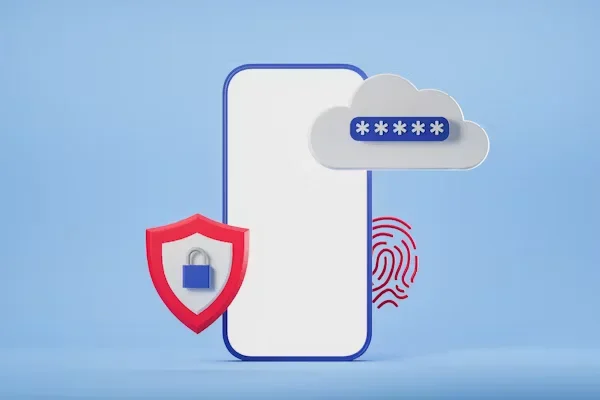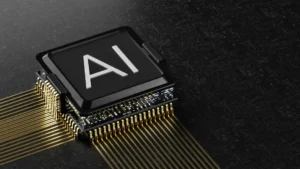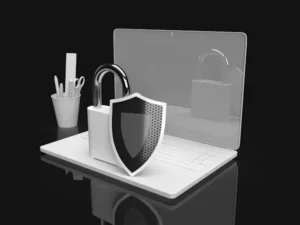Disclaimer: This article is for informational purposes only and does not constitute professional cybersecurity advice. For tailored protection strategies, please consult a certified security expert.
Every device that touches the internet, whether a cloud server hosting sensitive data or the laptop you keep on your kitchen table, faces an unrelenting stream of probes, scans, and outright attacks. While antivirus software and strong passwords help, they do little to police the network highway itself. That job belongs to the firewall, a technology that has evolved from simple packet filters in the early 1990s to today’s cloud-delivered security services. This guide explains how firewalls work, why they remain the cornerstone of a defensive strategy, and what features to look for when choosing one.
Defining a Firewall in Simple Terms
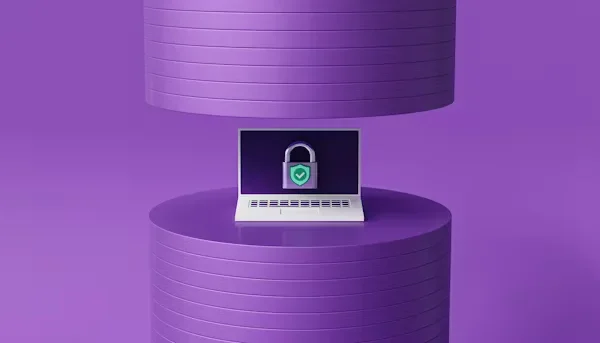
At its core, a firewall is a gatekeeper-a digital version of a security guard posted at the entrance to your building. Every packet of data that tries to pass through the gate is inspected against a list of rules. If the packet’s origin, destination, or contents violate those rules, it’s turned away; if it complies, it’s allowed through. Early hardware appliances achieved this with rudimentary rule tables; however, modern solutions incorporate advanced analytics, threat intelligence, and application awareness to prevent sophisticated attacks from reaching vulnerable systems.
Firewalls first appeared as separate “bastion hosts” that sat between the nascent Internet and corporate LANs. As the volume of traffic exploded, perimeter devices became standard in enterprise racks, and personal computers started shipping with software firewalls enabled by default. The march toward cloud and distributed work has since pushed the technology into virtual machines, container sidecars, and fully cloud-based firewall-as-a-service (FWaaS) platforms.
How Firewalls Work
Firewall’s fundamental task is to analyze each packet header, examining source and destination IP addresses, port numbers, and protocol flags, then enforce a decision: allow, deny, or drop silently. Early models performed this task without remembering any context, a method known as stateless inspection. By contrast, stateful firewalls maintain a table of active sessions, enabling them to decide whether a packet genuinely belongs to an established connection.
Deep packet inspection takes the concept further by peeling back protocol layers to evaluate payload data itself. That allows a firewall to block, for example, an HTTP POST request carrying SQL injection code-even if it’s coming from a seemingly safe IP address. For a richer discussion of these inner mechanics, understanding what firewalls actually do is crucial.
Main Types of Firewalls
| Type | Primary Characteristic | Best-Fit Scenario |
| Packet-Filtering | Examines headers only, no session state | Low-bandwidth IoT, legacy routers |
| Stateful Inspection | Tracks active connections | Small to midsize business perimeters |
| Proxy / Application-Layer | Terminates sessions, inspects full payload | Compliance-driven sectors need deep control |
| Next-Generation Firewall (NGFW) | Adds intrusion prevention, user IDs, and SSL decryption | Enterprises, multi-cloud architectures |
| Cloud FWaaS | Cloud-hosted, globally distributed edges | Remote workforce, SaaS-centric operations |
Core Firewall Features to Know
- Access Control Lists (ACLs). The rule sets that define which IP ranges, ports, or protocols are permissible.
- Deep Packet Inspection (DPI). Analyzes Layer-7 data to detect exploits or data exfiltration attempts.
- Intrusion Prevention System (IPS). Uses real-time signatures and behavioral analytics to stop known and zero-day attacks.
- Virtual Private Network (VPN) Support. Establishes encrypted tunnels to enable remote users to access internal resources securely.
- Logging & Alerts. Generates detailed records and sends notifications, enabling swift forensic investigation and compliance audits. According to the National Institute of Standards and Technology, log retention is critical for meeting frameworks such as NIST 800-171 and ISO 27001.
Why Firewalls Are Essential for Online Security
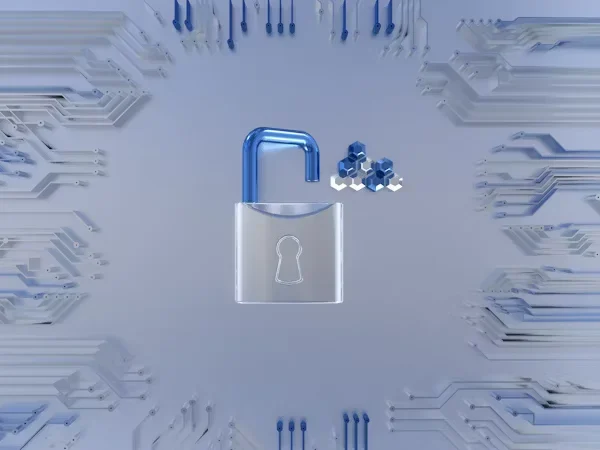
- Blocking Malware and Ransomware. By filtering out dangerous payloads and command-and-control traffic, firewalls prevent infections before endpoint software even detects them.
- Preventing Unauthorized Access. Hardened firewall policies block brute-force logins and restrict administrative interfaces to whitelisted IP ranges. In its Zero Trust Maturity Model, the Cybersecurity and Infrastructure Security Agency highlights perimeter enforcement as the first pillar of modern defense.
- Regulatory Compliance. Standards such as PCI DSS require network segmentation and strict ingress/egress controls-tasks best enforced by firewalls.
- Data Privacy. Next-generation features, such as data-loss prevention (DLP), scan outbound packets to prevent confidential records from unintentionally leaving the network.
Choosing the Right Firewall for Your Needs
- Home Users. Integrated OS firewalls or all-in-one Wi-Fi routers typically suffice, provided firmware stays updated.
- Small Businesses. A modest stateful appliance with unified threat management (UTM) features offers a balance of cost and capability.
- Enterprises. You’ll likely need clustered NGFWs with redundant power supplies, high throughput (10 Gbps or higher), and extensive API integration for automated workflows.
Ask prospective vendors about their inspection throughput with all features enabled, their update cadence for threat signatures, and support for modern protocols such as HTTP/3 and DNS over HTTPS. The Cisco Secure Firewall overview includes a helpful sizing guide that maps performance to organizational scale.
Best Practices for Firewall Deployment and Maintenance
- Keep Firmware Current. New exploits often target outdated versions; schedule automatic updates where possible.
- Design Least-Privilege Rules. Start from a “deny all” baseline and open ports only as business cases demand.
- Monitor Logs. Feed firewall events into a SIEM so that anomalies, such as repeated login failures or spikes in outbound SMTP traffic, trigger a rapid investigation.
- Combine Layers. Even the best firewall can’t stop infected USB drives or phishing clicks; pair it with email filtering, endpoint protection, and multifactor authentication for added security. A recent Microsoft Security Intelligence Report shows layered defenses cut successful ransomware infections by over 90 percent compared to single-point solutions.
Conclusion
Firewalls remain the gatekeepers of digital infrastructure, having evolved from simple packet filters into sophisticated platforms capable of decrypting SSL, blocking zero-day exploits, and scaling elastically in the cloud. By selecting the correct type of hardware, software, or FWaaS, and adhering to disciplined rule management, organizations can thwart daily attacks, safeguard personal data, and meet increasingly stringent compliance mandates. Begin by auditing your current perimeter: know which ports are open, which devices are authorized, and where logs are stored. Then close the gaps, deploy layered controls, and commit to continuous monitoring. A well-configured firewall isn’t just a device; it’s peace of mind for every packet that enters or leaves your network.
Frequently Asked Questions
1. Do I still need antivirus software if I have a firewall?
Yes. Firewalls block malicious traffic at the network edge, but antivirus software protects against threats that slip through-such as infected email attachments or rogue USB drives.
2. How often should firewall rules be reviewed?
Best practice recommends a quarterly review, or immediately after significant infrastructure changes. Remove obsolete rules to minimize attack surfaces.
3. Can a cloud-based firewall replace on-prem hardware entirely?
For organizations that have fully migrated to SaaS and IaaS platforms, firewall-as-a-service solution can handle most perimeter security duties. Hybrid environments may retain on-prem devices for local segmentation or compliance requirements.






